Posts may contain affiliate links. As an Amazon Associate, we earn from qualifying purchases and collect a small commission at no cost to you. This helps my blog to keep going. Thank you! For more info, read my disclosure policy.

Disclosure: I am not a doctor, healthcare provider, personal trainer, yoga instructor, physical therapist, or anyone else in the medical field. This post is for information I have researched, as I have osteoporosis myself, and I want to share my own experience with this disease, and what I found out in my research.
Osteoporosis vs. osteopenia
Osteoporosis is a disease in which bones become less dense, making them at risk of a possible fracture. There are no obvious symptoms of osteoporosis or osteopenia. People might be unaware they have it until they’re tested for it, or after they break a bone.
Make sure you check with your doctor or healthcare provider before you start any yoga or exercise activity, and see if you should be tested first, to see what might be best for your situation. You could do serious harm to your body and bones without contacting your medical provider first.
Can osteopenia be prevented?
You cannot always prevent osteopenia from happening. There are some natural factors that increase your risks:
- Osteopenia is more common in Caucasians and Asians
- Family history of osteopenia or osteoporosis
- Early menopause for women (before age 45)
- It is more common in women than men
- Bone mass decreases over time
- Surgery to remove ovaries
- Hyperthyroidism
How to lower your risks:
- Get regular exercise
- Maintain a healthy diet. Eating disorders, such as anorexia nervosa and bulimia, can decrease your bone mass
- Stop smoking or using tobacco
- Avoid or limit alcohol use
- Get enough calcium and vitamin D through foods or supplements
How I developed osteoporosis
I am a 67-year-old woman with severe osteoporosis. I started having bone scans before I went through menopause and developed osteopenia and as I aged the scans got worse and progressed into osteoporosis.
I did not want to get on medication, due to how it can affect dental procedures. The last bone scan I had was giving a dangerous negative reading. The doctor told me if I have a fall, I will break a bone and it could be very serious!
Once I listened to the pros and cons of medication and the danger of risking a fracture, I decided to go on Fosamax. I was supposed to start on that medication to build bone density back up but had to put that on hold, as I was getting implants on the upper side of my mouth.
They said I probably will have to take the Fosamax for about 5 years, once I am able to start taking it.
Menopause can trigger rapid bone loss and yoga can be an effective treatment-
When women go through menopause it can trigger a period of rapid bone loss. You saw how quickly it changed after I went through menopause. Make sure you get a bone scan as soon as you possibly can, especially if it runs in the family. The sooner you catch this before you get full-blown osteoporosis, the quicker you can get on medication and hopefully prevent a break or fracture. Many seniors who break a bone do not recover and you can possibly die! Keep yourself in good health!
Yoga may be an effective part of treatment for osteoporosis: A recent small study found that practicing yoga for as little as eight to ten minutes daily can increase bone density. Here is a link with more information on how exercise and yoga can help you if you have osteoporosis. There are also do’s and don’ts and definitely contact your healthcare provider before starting any regimen. Here is a link you can check out, Yoga International article – Amber Burke.
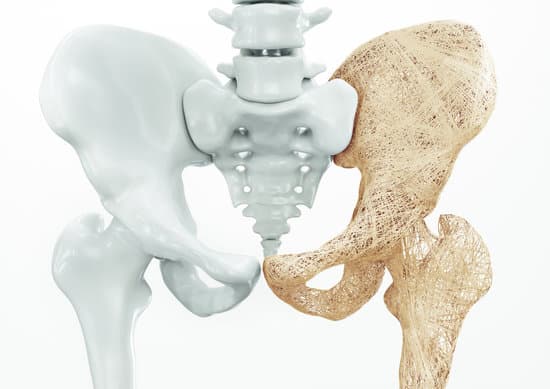
Before you start
Consult your doctor before starting any exercise program for osteoporosis. You might need some tests first, including:
Many Facets Of Life is a participant in the Fyt Personal Training Affiliate Program. An affiliate advertising program that is designed to provide a means for sites to earn advertising fees by advertising and linking to findyourtrainer.com
If you need help or guidance from a personal trainer click on the banner above.
- Bone density measurement
- Fitness assessment
- Think about what kind of activities you enjoy the most. If you choose an exercise you enjoy, the more likely you will stick with it.
- Exercise is an important part of the treatment plan for people with osteoporosis, but certain movements can increase the risk of fracture.
- Always check with your doctor to make sure it’s safe to proceed with the exercise.
- Yoga may not be advisable at all in severe cases of osteoporosis.
- Yoga can be beneficial for people with osteoporosis and also improves balance and flexibility, which can prevent falls and therefore prevent fractures.
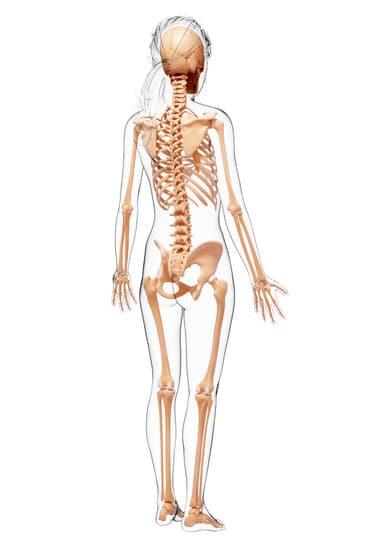
“If your density is low, you are at greater risk for breaking a bone. Every bone is vulnerable, but those most commonly fractured are the spinal vertebrae, ribs, forearms, and hip bones.”
― R. Keith Mccormick
Benefits of exercise for osteoporosis – Where do I start?
It’s never too late to start exercising. For postmenopausal women, regular physical activity can:
- Decrease your risk of bone fracture
- Relieve or decrease pain
- Increase your muscle strength
- Improve your balance
- Maintain or improve your posture
- Relieve or decrease pain
Exercising if you have osteoporosis means finding the safest, most enjoyable activities chosen for you depending on your overall health and amount of bone loss. There is not a one-time magic exercise or pose to cure your disease.
Choosing the right form of exercise
These types of activities are often recommended for people with osteoporosis:
- Strength training exercises, especially those for the upper back
- Weight-bearing aerobic activities
- Flexibility exercises
- Stability and balance exercises
You might be discouraged from doing certain exercises because of varying stages of osteoporosis and the risk of fracture. Ask your doctor or physical therapist whether you’re at risk of osteoporosis-related problems, and find out what exercises will or won’t work for you.
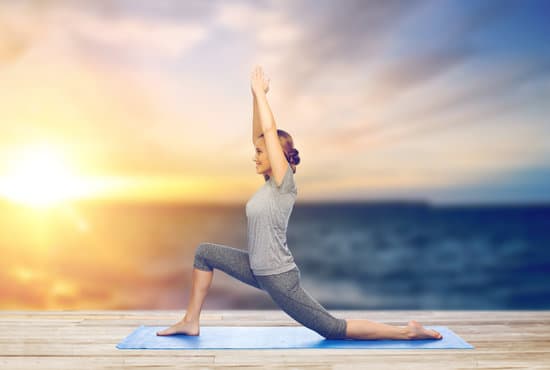
Strength training
Strength training involves the performance of physical exercises that are designed to improve strength and endurance. It is often associated with the use of free weights, resistance bands, and a variety of different forms, such as your own body weight to strengthen all major muscle groups, including spinal muscles important for posture.
Resistance training is a form of exercise that improves muscular strength and endurance. During a resistance training workout, you move your limbs against resistance provided by your body weight, gravity, bands, weighted bars, or dumbbells.
While performing exercises on weight machines or adjusting the machines, be careful not to twist your spine. If you have pain, resistance training should be tailored to your ability and pain tolerance.
A physical therapist or personal trainer with experience working with people with osteoporosis can help you develop strength-training routines. Using proper form and technique is crucial to prevent injury and give you the best results from your workout.

Weight-bearing aerobic activities
Weight-bearing aerobic activities involve doing aerobic exercise on your feet, with your bones supporting your weight.
This includes walking, dancing, low-impact aerobics, elliptical training machines, stair climbing, and gardening.
These types of exercises work directly on the bones in your legs, hips and lower spine to slow mineral loss. They also provide cardiovascular benefits, which boost heart and circulatory system health.
Do not focus your whole exercise program on aerobic activities, as you also need to work on strength, flexibility, and balance for overall health.
Weight-bearing aerobic activities on your feet slow mineral loss. Swimming and cycling have many benefits, but they don’t provide the weight-bearing load your bones need to slow mineral loss, so if you enjoy these activities, do them. Just be sure to also add weight-bearing activity as you’re able.
Flexibility exercises
When joints go through their full range of motion it helps keep your muscles working well. After your muscles are warmed up at the end of your exercise session or after a 10-minute warm-up, it is best to perform stretches in a gentle, slow manner without bouncing.
Avoid stretches that flex your spine or cause you to bend at the waist. Ask your doctor which stretching exercises are best for you.
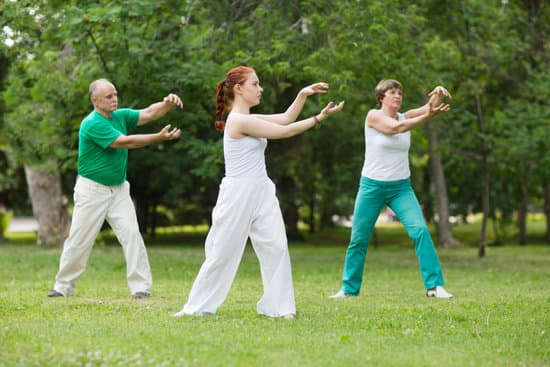
Stability and balance exercises
Fall prevention is especially important for people with osteoporosis. Stability and balance exercises help your muscles work together in a way that keeps you more stable and less likely to fall. Simple exercises such as standing on one leg or performing Tai Chi, a movement-based exercise can improve your stability and balance. Practice good posture, mind-body connection, and balance altogether.
What yoga poses are bad for osteoporosis? What should I avoid?
Yoga postures that flex the spine beyond its limits may raise the risk of compression fractures in people with thinning bones, according to research from Mayo Clinic. People with osteoporosis should avoid spinal poses in yoga, a study says.
- Avoid all poses that require spinal flexion, cause the back to round. This position places pressure on the spine that can lead to compression fractures.
- Avoid sit-ups and crunches as they place stress on the spine. Stomach strengthening can be accomplished safely through core exercises.
- Avoid poses that place all of the weight on the hands, such as a handstand, can put the student at an increased risk of a wrist fracture.
- Avoid activities such as jumping, running, or jogging that can lead to fractures in weakened bones.
- Full backbends.
- Extreme twists.
- Many inversion poses
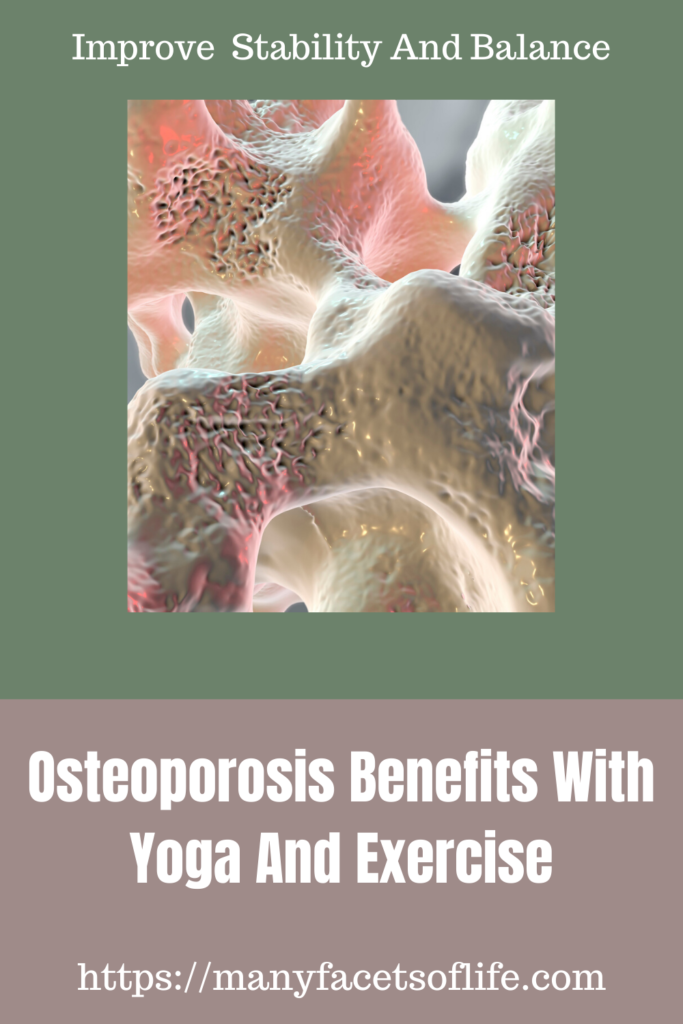
Closing Thoughts
As a kid I really wasn’t a milk drinker, was active, and I never had a broken bone! In my late 20’s I became a Jazzercise fanatic for at least 10 years, thinking I was healthy. Then as I aged and became a senior I ended up with a severe case of osteoporosis. It occurs about 5 times more in women than men
I am not giving you advice but sharing what I learned on my journey with this disease and how debilitating it can be to your life. These were suggestions that were given to me by my medical providers.
Be sure to eat healthy food and do exercises that are going to keep your bones strong and have a bone scan early in life, (especially if your mom or grandmother had osteoporosis), to check if you have the start of bone loss.
Discuss with your doctor information on if you need to be taking calcium, vitamin D3, and medication such as Fosamax for bone build-up when needed. It is better to discover this early so you can find ways to reverse it before it becomes serious.
When we are young, we think nothing is going to happen to us. The problem is many diseases or health problems are inherited, so learn your family history and all the preventative measures.
Here is another post that might be helpful – Yoga For Seniors To Improve Your Life
Subscribe to my YouTube channel
Join my email list to receive my free newsletter and othe posts on the right sidebar
Visit my podcast Health Becomes Fitness
See you soon, Denise
Posts may contain affiliate links. As an Amazon Associate, we earn from qualifying purchases and collect a small commission at no cost to you. This helps my blog to keep going. Thank you! For more info, read my disclosure policy.
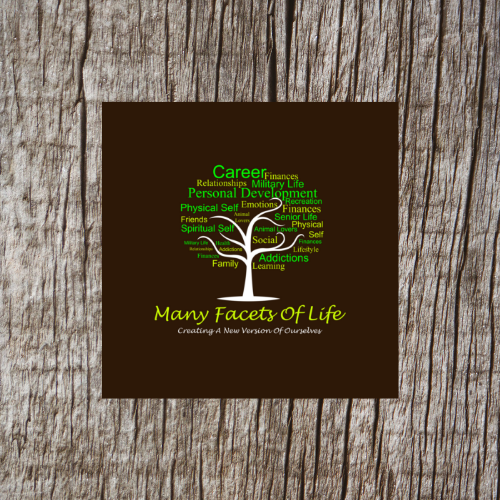
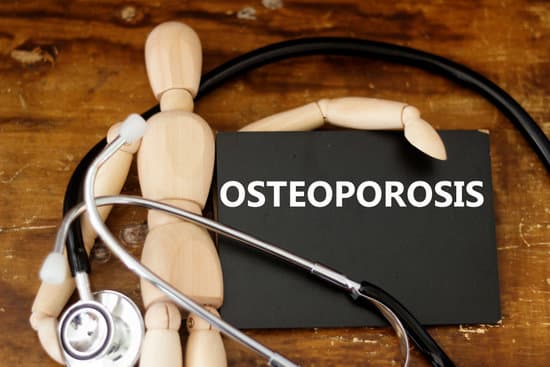

The wonders of yoga never cease to amaze me! It’s so beneficial for so many mental and physical ailments.
Thank you for your feedback, Lisa!
Osteoporosis runs in my family so I do pay attention to my bone health. Thanks for the tips!
You are welcome, Laura! It is so important to be aware of our bone health.
Exercise has SO many benefits, especially yoga. Flexibility is a BIG one as we get older as well as lessening the risk of osteoporosis. This is a great article and I’ll be sharing it with my mom. I exercise daily, but she doesn’t and I’m hoping this post will get her moving.
Thank you for your feedback, Jen, and for sharing. I hope your mom gets some benefit from this post!
Thank you for sharing this, Denise! So much good information here. Osteoporosis does run in my family, so this has me thinking more seriously about it. I’ve been doing yoga pretty much my whole adult life, so I’m hoping that fends off this condition for me. Gonna go take my vitamin D, which I sometimes forget to do! ??
You are welcome, Rose! Yes, besides exercise and being active, vitamin D is a must. I remember when my vitamin D level was so low that the doctor put me on 3 pills a day.
I am a huge proponent of using natural methods, where possible to cure or alleviate illnesses. I am happy that in addition to sharing your medication, you discuss alternate options for osteoporosis management. Yoga is one of my favorite practices and this post was a good kick to get back to it.
Thank you for your feedback, Kimberlie! My belief in dealing will illness goes beyond popping pills. I never have liked taking pills or medicine, unless the doctor convinces me that my life could get worse if I don’t. That is why I fought using Fosamax for years.
This is a helpful post about osteoporosis and the importance of mobility to counteract its effects 🙂
Thank you Dan!
I always enjoy learning new things thanks for sharing
You are welcome, Jimmy!
I love doing yoga. The benefits are endless! Thank you for sharing your story
You are welcome, Patricia!
I hope you are taking care of yourself during this lockdown Denise. This is a great article! My grandma has this and with yoga she is very healthy and fit now. Thanks for sharing all the valuable information here.
You are welcome, Nilakshi! So glad to hear your grandma is healthy now. Yoga does so many wonders for people!!
Loved how informative and well researched this was. 🙂
Thank you for your feedback, Eithne!
Great post Denise. This is a silent disease that will and does affect so many. I agree that the proper diet and supplements will stop or slow down the process. Thanks for sharing!❤️
Thank you, Brenda! Yes, it is a life-long fight to get our bones back to health again. Many medications we take can deplete our bone mass if we aren’t careful.
So glad to know yoga can help with bone density too. Thanks for the information. Yet another reason for me to keep doing yoga. Right now I do it to help with anxiety and back pain from mild scoliosis.
Thank you, Sabrina, for your feedback. Yes, yoga does wonders for so many things physically and mentally.
It’s great getting to read another amazing benefit from doing yoga. Yoga really does have a lot of benefit. I hope to learn how to do yoga one day.